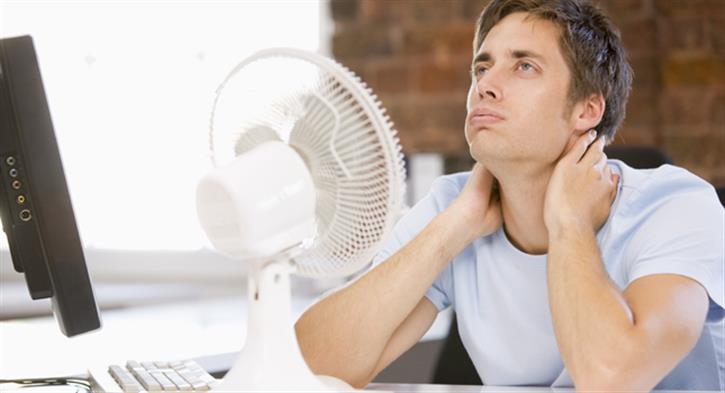

Tony Ellerker explains why proper ventilation is a must have in working environments and why everyone, from installers to office workers, can benefit from being aware of the associated health benefits.
Offices can be uncomfortable places at the best of times. Long hours sitting in the same place combined with the artificial glow of a computer screen can soon take its toll on the average worker.
However, research carried out by Allergy UK has found that office environments can also lead to a significant worsening of symptoms among allergy sufferers.
It found that a lead cause of this was poor ventilation, which is often at the root of problems such as headaches, lethargy and dry throats. Of those who experienced symptoms associated with allergic reactions in the workplace, only 9% thought their office was well ventilated. Clearly, ventilation is a key area on which employers must focus in order to prevent the onset of allergic reactions and other health issues.
However, many customers may not be fully aware of the concrete health benefits that proper ventilation brings. From preventing allergic reactions to creating a healthy and comfortable thermal environment for employees, the benefits are numerous. Installers should be aware of the following ways in which these benefits can be explained to their customers.
Diluting and removing airborne impurities and pollutants
A well-ventilated environment should be free of impurities and pollutants such as dust, mould spores and pollen, which could otherwise lead to the onset of allergic reactions. The Allergy UK research found that 62% of respondents had experienced itchy or watery eyes, with 27% experiencing breathing difficulties over the year under study. By removing impurities from the air, a properly maintained ventilation system will considerably reduce these statistics.
Creating and maintaining a comfortable temperature and humidity
Proper ventilation should also ensure the optimum level of thermal comfort among office workers. This refers to a person’s state of mind in relation to how hot or cold they feel. Office users are likely to work less efficiently if they are in an uncomfortably hot or cold environment, therefore the thermal environment must be monitored carefully.
The Health and Safety Executive outlines four “environmental factors” which combine to create the thermal environment in any space:
Proper ventilation controls ensure that these factors combine to create a healthy and comfortable thermal environment.
Preventing stagnation and draughts
A good ventilation system ensures that odours such as those from food and cigarette smoke don’t combine to create a stagnant and unhealthy office environment. In addition to this, proper ventilation reduces the need to open doors and windows to keep the air fresh, something that many employers may regularly do without a second thought. This means that workers won’t have to experience chilly draughts, and will reduce the chances of airborne pollen particles entering the workplace.
There are many obvious advantages of a good ventilation system. But ensuring that customers are fully aware of the health benefits is something that installers would be ill advised to neglect.
Tony Ellerker is the Director of Blakes M&E Building Services.
If you'd like to keep up-to-date with the latest developments in the heating and plumbing industry, why not subscribe to our weekly newsletters? Just click the button below and you can ensure all the latest industry news and new product information lands in your inbox every week.